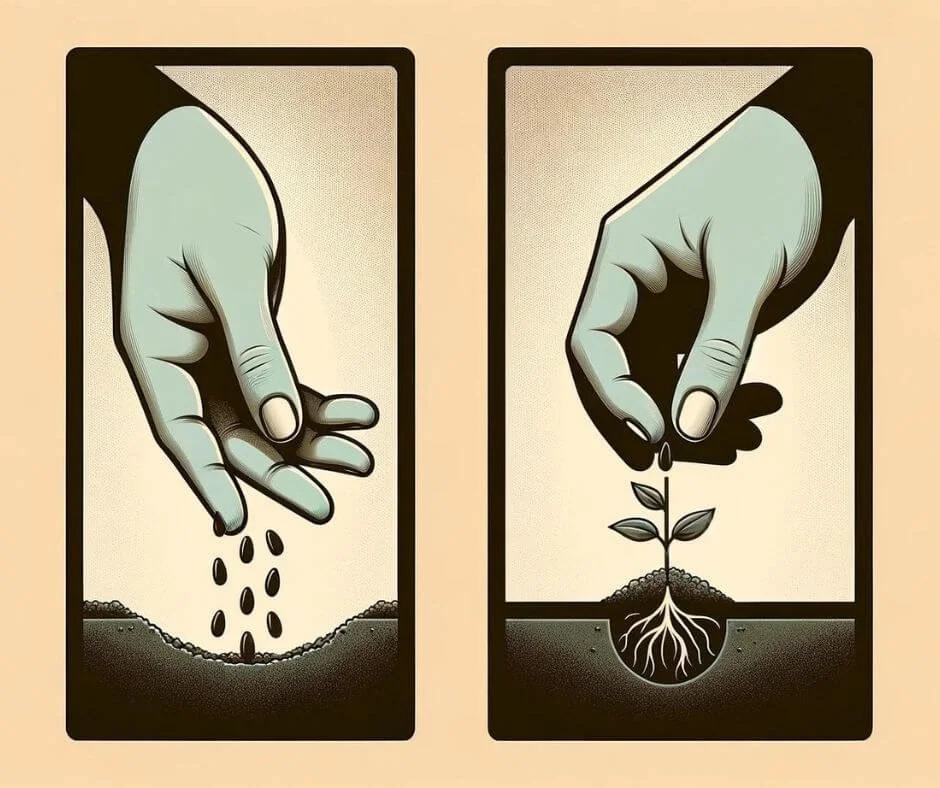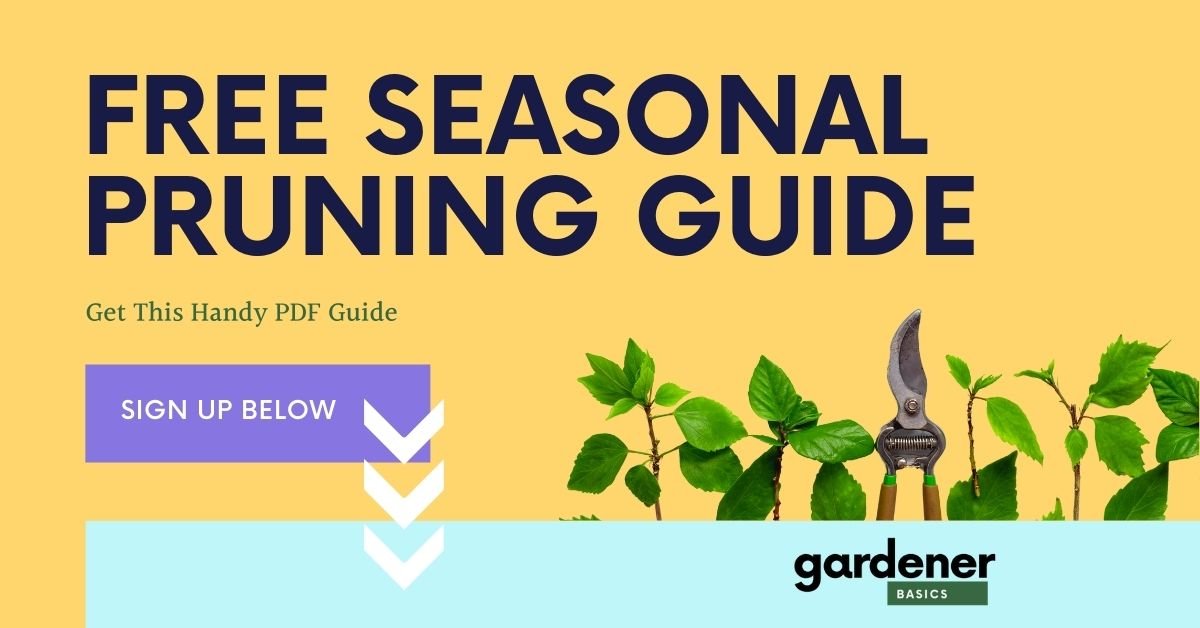Sowing vs. Planting: Understanding the Basics for First-Time Gardeners
Sow vs. Planting
Gardening is a delightful and enriching hobby, but for beginners, it can be filled with confusion, especially when terms like "sowing" and "planting" are used interchangeably.
However, understanding the distinction between these two can significantly impact the success of your gardening endeavors.
In this guide, we'll explore the differences between sowing and planting helping beginner gardeners start on the right foot.
The items listed above are accompanied by affiliate links, meaning I earn a small commission if a purchase is made through my links. This has no impact on the cost to the consumer. I link to products this way whenever possible, and it has no bearing on the products I choose to review or recommend.
What is Sowing?
Sowing is the process of placing seeds in soil to germinate and grow. This is the very start of the plant's life cycle.
Sowing can be done in two primary ways: direct sowing and indirect sowing.
Direct Sowing
This involves planting seeds directly into the garden soil where they are to grow permanently. It's commonly used for plants that don't transplant well, like carrots or peas.
The process is simple - you make a hole or trench in the soil, place the seeds, and cover them lightly with soil.
Direct sowing is usually done in the spring or autumn, depending on the plant species.
Direct sowing.
Indirect Sowing
This method involves starting seeds indoors or in a controlled environment, usually in seed trays or small pots.
Indirect sowing is ideal for plants that need a longer growing season than what your climate offers.
Once the seedlings have grown and the weather is favorable, they are transplanted into the garden.
What is Planting?
When we talk about planting in gardening, we're often referring to transplanting seedlings or young plants into the garden.
These plants can be ones you've grown from seeds indoors (indirect sowing) or young plants purchased from a nursery.
Planting is more than just transferring a plant into the ground; it's about setting the stage for its growth.
Preparing the Plant
This involves acclimatizing the plant to the outdoor conditions, a process known as hardening off. It gradually introduces the plant to the elements.
Transplanting
Carefully moving the young plant or seedling to its new location in the garden. It involves making sure the hole is the right size, the soil is appropriately prepared, and the plant is set at the correct depth.
Planting a seedling.
Why They Can't Be Interchanged
Sowing and planting may seem like similar terms in gardening, but they actually refer to two distinct processes that can greatly impact the success of your garden.
While both involve placing seeds or seedlings in soil, their differences lie in growth requirements, seasonal considerations, space management, and resource allocation.
Growth Requirements
Each plant has its own unique needs for optimal growth. Some plants prefer to grow in one location from seed to maturity, while others can handle the shock of being transplanted.
This is why understanding the distinction between sowing and planting is crucial for choosing the right method for each plant.
Seasonal Considerations
Directly sown seeds are typically planted at specific times of the year, aligning with their natural growth cycle.
On the other hand, transplanted seedlings can be started indoors and then planted outside once the weather is favorable. This allows for a longer growing season and better control over the plant's environment.
Space Management
When seeds are directly sown, they may end up overcrowding each other due to their close proximity. This can lead to stunted growth and decreased yield.
With transplanting, gardeners have more control over the spacing of plants, ensuring that they have enough room to grow and thrive.
Resource Allocation
Starting seeds indoors allows for better management of resources like water, light, and soil quality. These factors can make a significant difference in the success of your plants and may be harder to control in an outdoor setting.
By starting seeds indoors, gardeners have more control over these essential resources for their plants' growth.
For beginner gardeners, understanding the difference between sowing and planting is a stepping stone to a thriving garden.
Sowing is all about starting from the very beginning with seeds, while planting generally refers to transplanting young plants.
Each method has its own set of rules, requirements, and suitable plant types. By grasping these differences, you can plan your garden more effectively and enjoy the rewards of your labor.
Pin it for Later!
If you have any questions, feel free to leave them in the comments section below!















